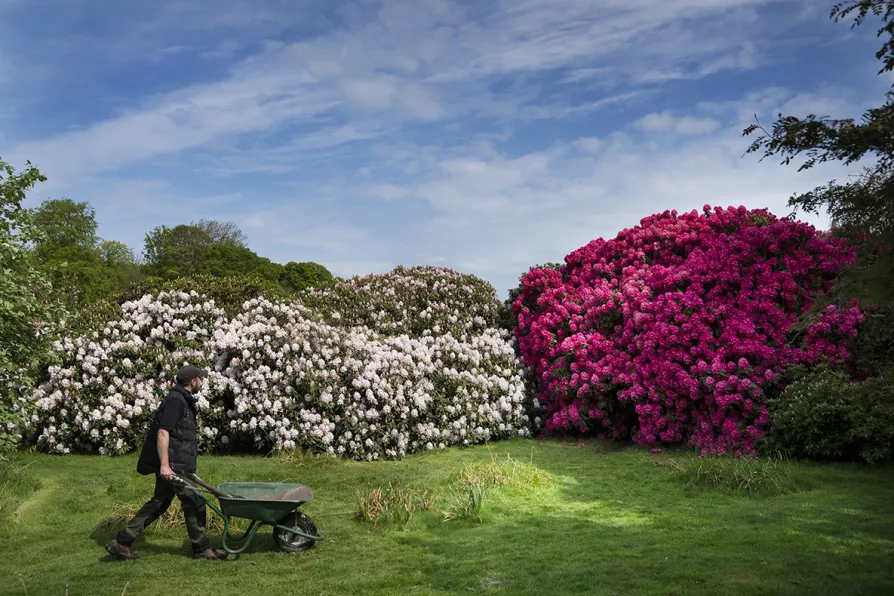SOLOMON HUGHES asks whether Labour ‘engaging with decision-makers’ with scandalous records of fleecing the public is really in our interests
Monster plants and native species loss
ZARAH PATTISON explains how invasive plants like Himalayan balsam and rhododendron are playing havoc with ecosystems where they are introduced

 Gardner Chris Brock, 43, at the National Trust's Seaton Delaval Hall in Northumberland as the Rhododendrons are in full bloom as the Bank holiday weekend approaches, May 28, 2021
Gardner Chris Brock, 43, at the National Trust's Seaton Delaval Hall in Northumberland as the Rhododendrons are in full bloom as the Bank holiday weekend approaches, May 28, 2021
Many of the first alien plants — those introduced by humans outside their natural range — to arrive in Britain were brought back by plant hunters of the Victorian era.
Plants have adapted over millennia to their environment. So, we would expect alien plants to struggle in new places. But some survive a little too well, and are so devastating to local plantlife that you need a permit to grow them.
Similar stories

What has worked well – and what needs to change – for the convention that controls trade in endangered species? DAN CHALLENDER and MICHAEL ’T SAS-ROLFES explain

The government’s reliance on unproven and short-termist technology won’t deliver answers to today’s energy crisis, warns MARK MASLIN

This much-maligned insect’s numbers are dramatically down this summer. SEIRIAN SUMNER explains what’s happened to them, and why ecologists are calling for assistance from the public

A new study has found that forests destroyed by wildfires emit carbon long after the flames die, with implications for post-fire management, write NATASCHA KLJUN and JULIA KELLY










